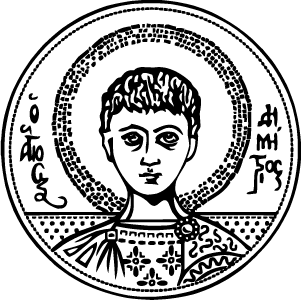Διδάσκοντες:
Faculty Instructor:
ECTS:
Κωδικός Μαθήματος:
Code:
Κύκλος / Επίπεδο:
Cycle / Level:
Υποχρεωτικό / Επιλογής:
Compulsory / Optional:
Περίοδος Διδασκαλίας:
Teaching Period:
Περιεχόμενο Μαθήματος:
Course Content:
It is a course in contemporary political and social history focusing on Europe and the world in relation to Europe. The course discusses the history of the Cold War as well as the period 1989-early 21st century. It is divided into four sections.
The first section deals with the beginnings of the Cold War, from the capitulation of Nazi Germany to the Korean War (1953).
The second section focuses on the post-war reconstruction of Europe, the issue of reparations and the reconstruction of the Jewish communities after the Holocaust. It delves into the political, economic and social changes that took place during the 1960s (end of colonialism, economic “miracle”, new social movements, Arab-Israeli conflict).
The third section covers the developments from the 1970s to 1989 (end of the “golden thirties” – economic crisis, fall of communist regimes in Eastern Europe).
The fourth section is shorter but more comprehensive and examines the rise of nationalisms in the 1990s, the change in the European map with the creation of new states, the wars in Yugoslavia, the rise of the far right, questions and prospects for the future of Europe).
Μαθησιακά Αποτελέσματα:
Learning Outcomes:
Students are invited to:
– To understand the historical circumstances in which the division of Europe and of the world was formed after WW2.
– To deepen in the process of retreat of European supremacy and the emergence of the United States and the Soviet Union as the new great powers and the political and social developments that this process caused.
– To recognize and critically address the multiple and different
historiographical interpretations of this process.
– To learn to study primary historical sources and to produce historically
arguments as to explain the causes of the events, their consequences and the
their long-term consequences.
– To explain the historical continuity and change.


 Αριστοτέλειο Πανεπιστήμιο Θεσσαλονίκης
Αριστοτέλειο Πανεπιστήμιο Θεσσαλονίκης